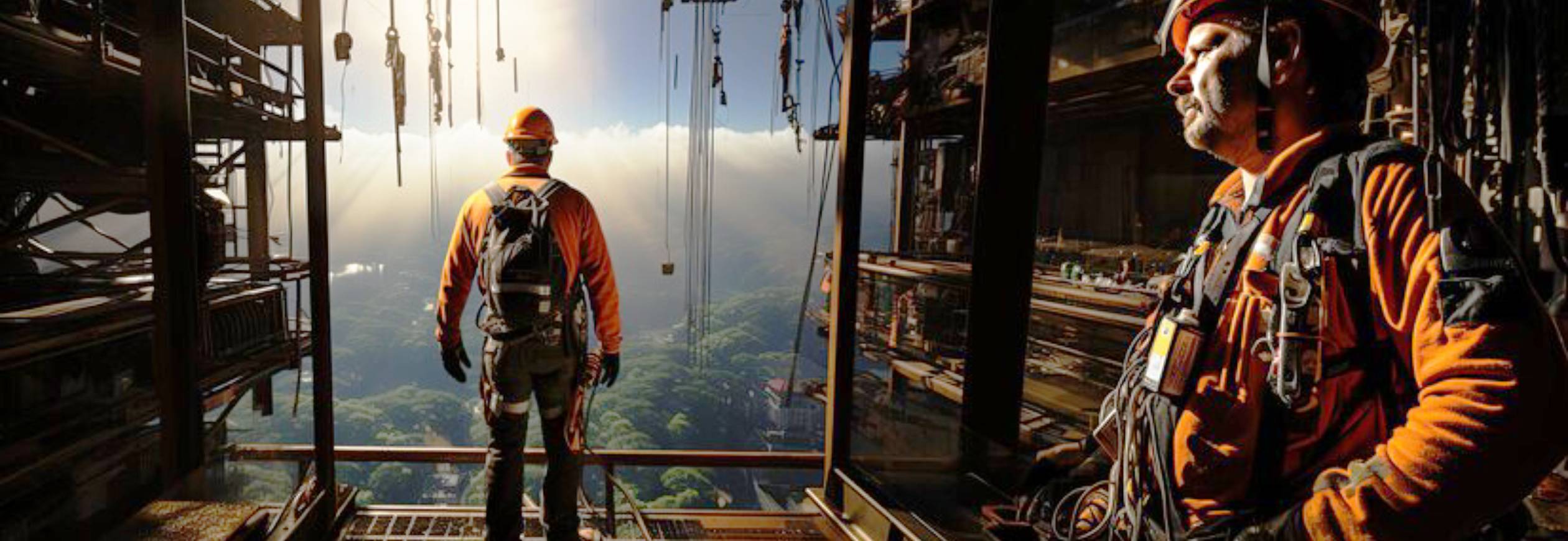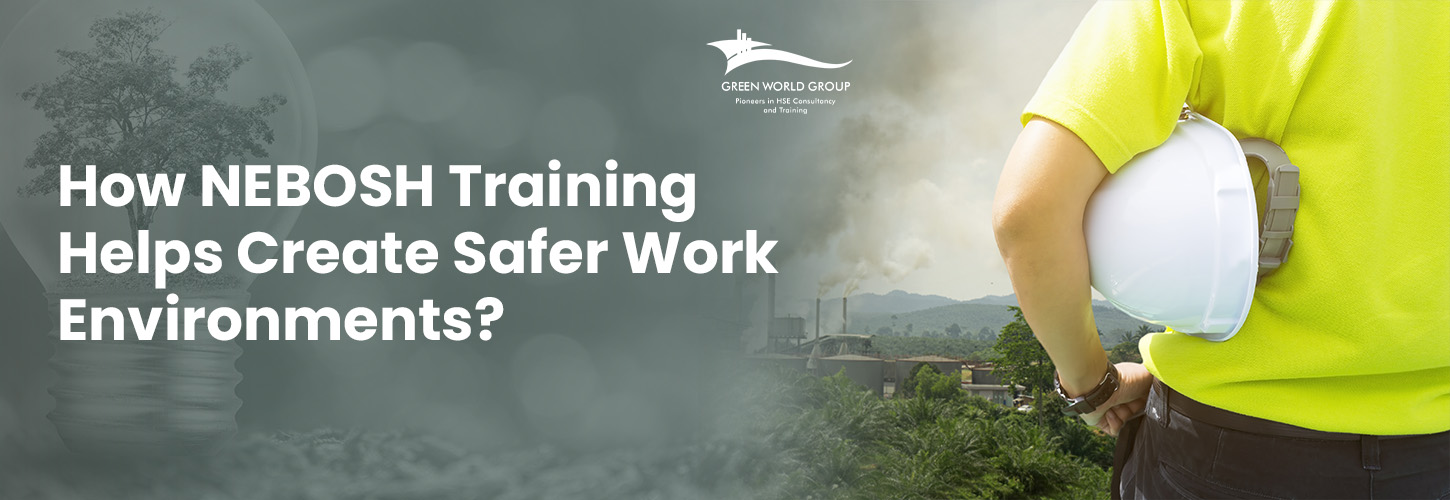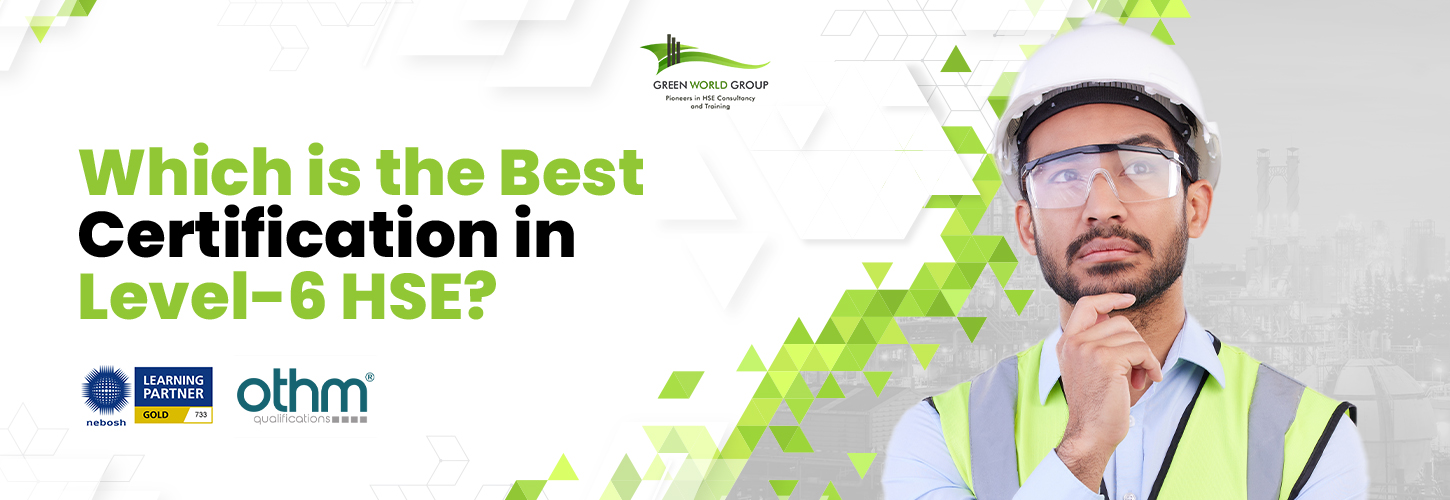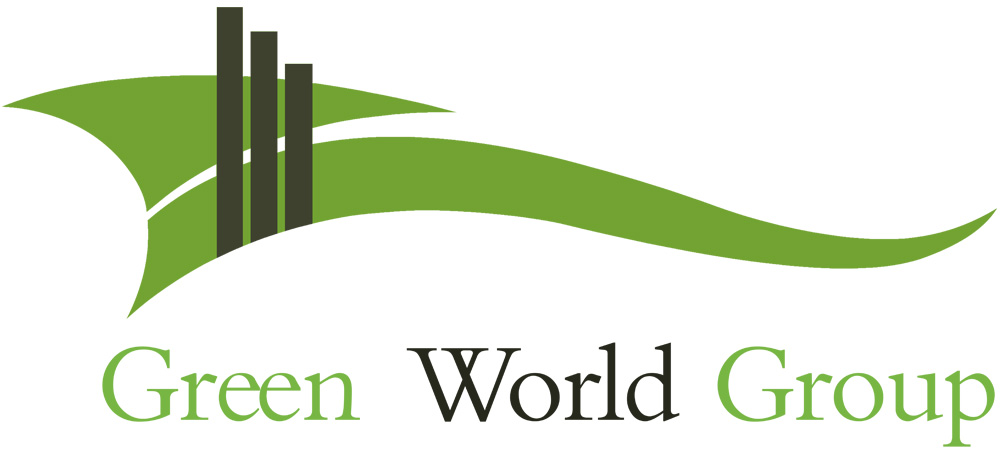Falls are one of the major causes of serious workplace injuries and even deaths. Every year fall from height accounts for over 18% of fatal accidents. This makes it essential to know the crucial methods to prevent drastic events.
Fall protection is extremely important for workplace safety in any kind of working environment, such as construction sites, shipyards, warehouses, or maintenance activities. In this blog, we will explore the four fall protection methods and how they keep people safe.
Why Fall Protection? – A quick view
While working in environments that put employees at risky heights, using appropriate fall protection systems are essential. This not only ensures your compliance with industrial guidelines but also assures the protection of the lives of people.
Fall protection systems typically cover a safety strategy that prevents workers from falling from elevated workplaces, mitigating the risk of falls and saving workers from injuries and accidents. Moreover, fall protection systems also address the workplace risks of falling objects and other hazards and ensure comprehensive safety measures are in place.
Statistics
As per WHO, every year, approximately 684,000 individuals die due to falls from heights, across the world. By prioritising fall protection systems and giving awareness to employees, we can create a safe and protective workplace.
Let’s discuss 4 fall protection methods
1. Guardrails
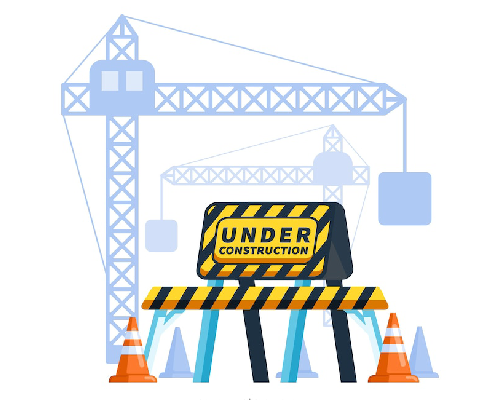
Guardrails are passive fall prevention methods that include physical barriers keeping employees from potentially dangerous corners and edges. Guard rails are considered excellent fall protection methods as they remove the risk of falling by having a barrier between the edge and the employees.
A guardrail system contains:
- Top rails
- Mid-rails
- Vertical posts
Useful in scenarios
- Unprotected edges on walking-working surfaces that have a drop of at least four feet.
- Construction industries, manufacturing and similar sectors where it involves working at height.
2. Fall Prevention
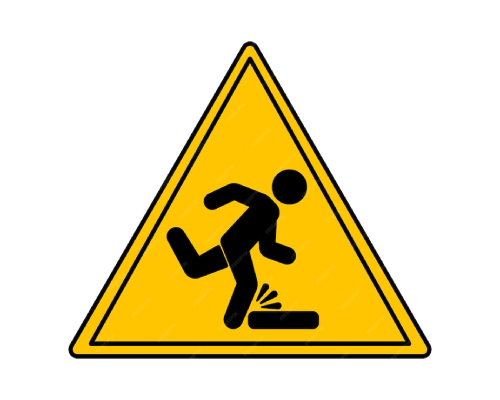
Fall prevention systems are aimed at protecting employees from the risk of falling by providing a safe working environment. This approach involves suitable fall protection systems such as platforms, scaffolds, or lifts that reduce the consequences of a fall.
Useful in scenarios:
- Working at height for prolonged periods that include painting or cleaning windows
3. Fall Arrest
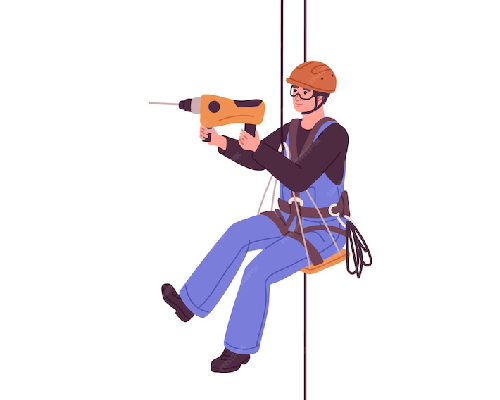
Fall arrest systems avoid the risk of hitting the ground or lower level in case of a fall. This strategy typically includes Personal Fall Arrest Systems (PFAS) such as a body harness, anchorage, connectors and safety nets.
Useful in scenarios:
- Unguarded work areas 3 metres above the nearest safe level
- Unguarded work areas above any open-top tank, pit/vat
- Construction, roofing, and similar industries involving work at heights.
4. Fall Restraint
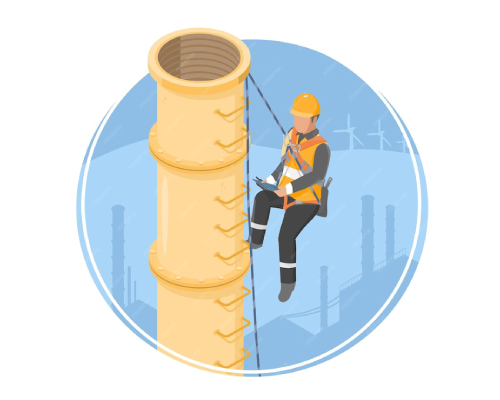
Fall restraint systems, also termed tie-off systems, are the safety systems that prevent employees from falling from working at heights. In contrast to a fall arrest system that physically prevents a fall, fall arrest systems don’t prevent the fall but minimise potential injury.
Useful in scenarios:
- Useful while working near unprotected edges or where there is a high risk of fall
Choosing the right fall protection system depends on the requirements of the specific work activities carried out and the type of environment. By providing appropriate fall protection systems and working at Height training to employees, employers can significantly reduce the risk of fall-related injuries and deaths, improve workplace safety, and ensure compliance with safety regulations.
Contact Us
Kindly call our Experts @ +91 8121563728 / +91 8015527650 or mail us @ kalyan.r@greenwgroup.com / indumanasa.m@greenwgroup.com
Get Your Query Answered / Get Expert Assistance To Choose the Right Course for You Or Your Associates

